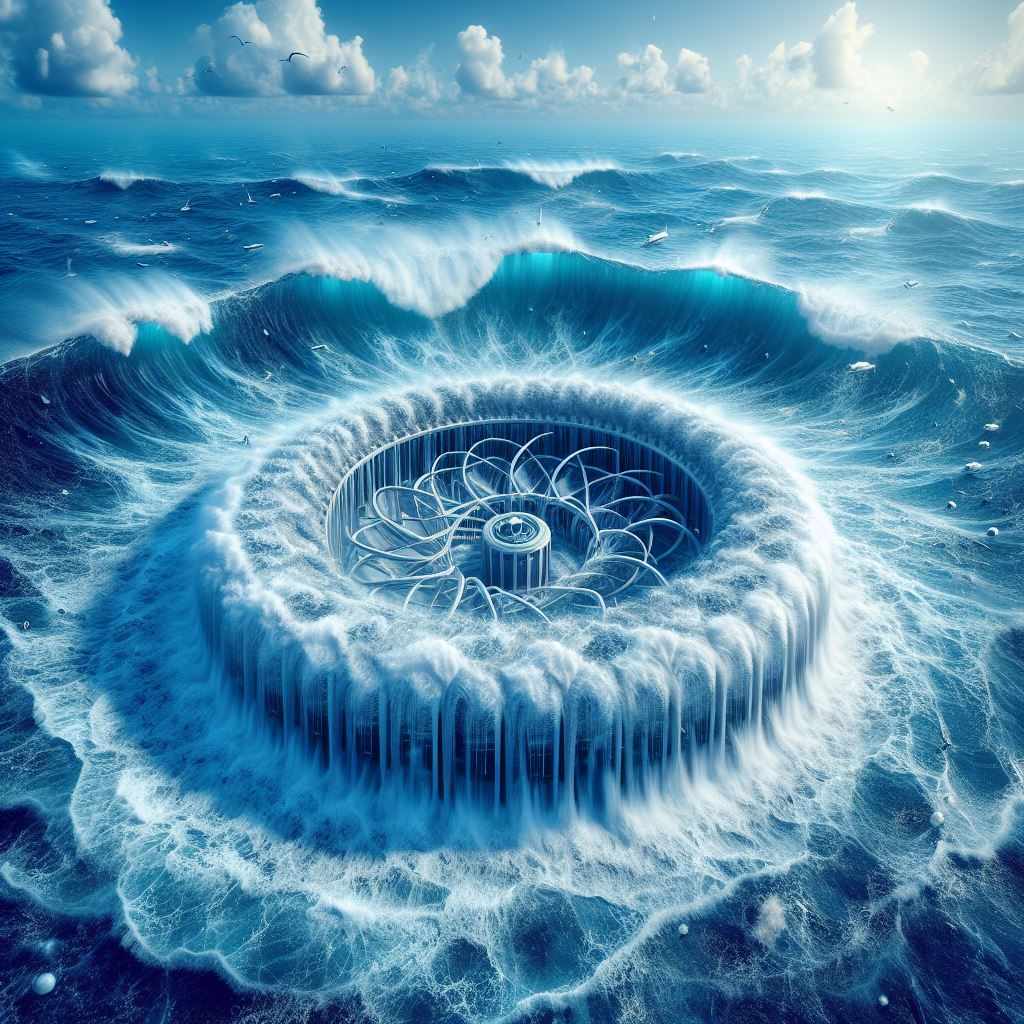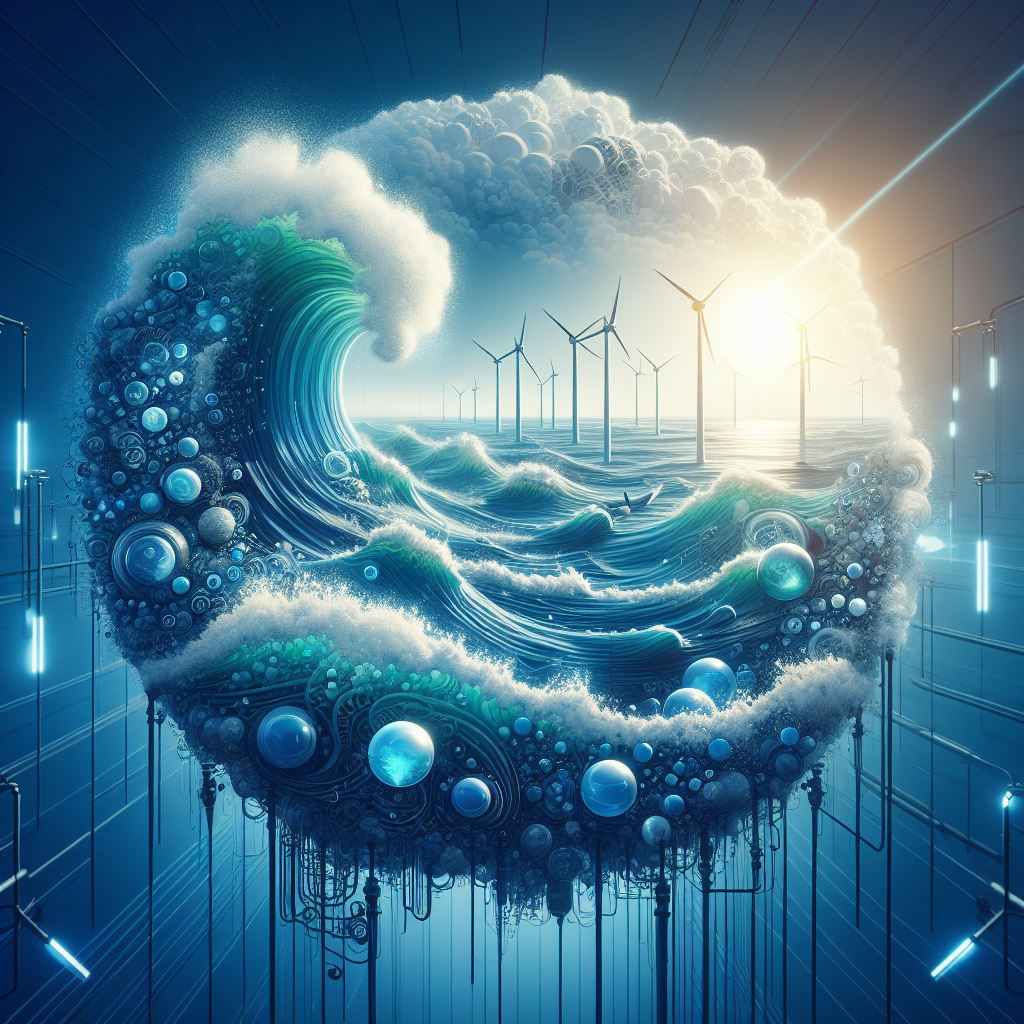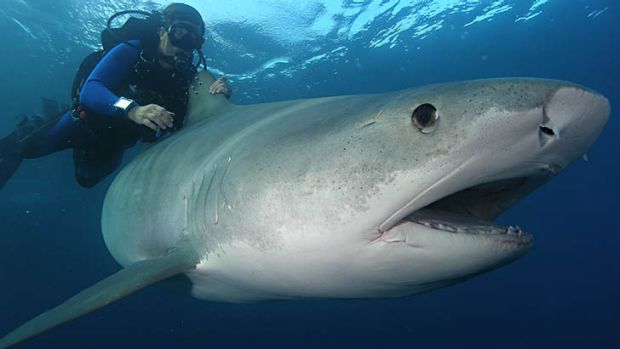The ocean is a vast and mysterious expanse, covering over 70% of our planet’s surface. It’s a world teeming with life, from the tiniest plankton to the largest whales. The ocean plays a crucial role in Earth’s climate system, regulating temperatures and weather patterns. It’s also a source of inspiration and wonder, with its endless horizon and the deep, unexplored waters that hold secrets yet to be discovered.
The ocean’s movement has a lot of energy. This energy could power the whole world four times! We can use this energy by turning wave motion into electricity. The waves’ motion can move pistons or turbines to accomplish this.
One way to do this is with the Pelamis device. It looks like a sea snake and makes electricity as it bends with the waves. There are also buoys that generate power. They are attached to a plate in the deep sea and move up and down. This movement can turn pistons or turbines, which make electricity.
Another method uses wave chambers. They generate power by using the air that waves have moved. A special turbine spins with the air flow to generate electricity.
But getting energy from the ocean is hard and costly. The sea can damage equipment, and there are many rules for testing in the water. Also, making these devices big enough to be useful is expensive.
What is wave energy?
Think of a calm pond. If you toss a stone into it, ripples spread out. These ripples move away from where the stone fell and get smaller until they disappear. You can measure how far they go and how big they are.
The ocean is similar, but it’s the wind that makes the ripples, not stones. These ripples are much bigger and are called waves. When wind blows over the ocean, it rubs against the water, creating waves. The size of the waves depends mostly on how strong the wind is and how long it blows.
The sun is what starts everything. It heats the air and makes the wind blow. This wind then makes waves in the ocean. As the energy moves from the sun to the wind and then to the waves, it gets stronger. That’s why waves can be a good source of energy.
The height of a wave is how tall it is from its lowest point to its highest point. Waves also have a period, which is the time it takes for two high points to pass a certain spot. Bigger waves with shorter periods have more energy.
Waves move in groups. A wave can travel from the back of the group to the front and then fade away. The energy in waves depends on how fast the group moves, not just one wave. In deep water, the group moves at half the speed of one wave. In shallow water, they move at the same speed.
There are two types of waves: choppy wind-generated waves and long waves known as swells. Swells come from far-away storms and can travel a long way. Choppy waves change quickly and don’t have much energy. Swells have strong, steady waves that are better for making electricity.

There are different ways of harnessing the energy of the ocean
Tidal energy, wave energy, and ocean thermal energy conversion (OTEC) are three innovative forms of renewable energy that harness the power of the ocean. Each of these technologies offers a unique approach to generating electricity and has the potential to contribute significantly to our sustainable energy future.
Tidal Energy: Tidal energy is derived from the gravitational pull of the moon and the sun upon the Earth’s waters. The predictable nature of tides makes tidal energy a reliable source of power. Tidal power plants typically use turbines placed in tidal streams, estuaries, or lagoons. These turbines capture the kinetic energy of moving water as the tide ebbs and flows, converting it into electricity. The world’s first large-scale tidal power plant, the Rance Tidal Power Station in France, has been operational since 1966 and stands as a testament to the longevity and reliability of this technology.
Wave Energy: Wave energy is captured directly from surface waves or from pressure fluctuations below the surface. The energy in waves comes from the wind as it blows across the sea’s surface. The interaction between wind and water transfers energy from the air to the sea, creating waves that carry energy across the ocean. Devices for harnessing wave energy are diverse, ranging from floating buoys to underwater turbines. Each design must withstand the harsh marine environment and efficiently convert wave motion into electrical power. The potential of wave energy is immense, as it is estimated that the energy in the world’s waves could provide twice the amount of electricity currently produced worldwide.
Ocean Thermal Energy Conversion (OTEC): OTEC exploits the temperature difference between the ocean’s warm surface water and its cold deep water to generate electricity. This technology relies on a thermodynamic cycle, typically using a low-boiling-point fluid in which the warm surface water vaporizes and then condenses with the cold, deep water. The expanding and contracting fluid drives a turbine, which in turn generates electricity. OTEC plants can be land-based, floating, or even submerged, and they offer the added benefit of being able to provide desalinated water as a byproduct.
The development of these technologies is crucial for several reasons. Firstly, they provide a clean and inexhaustible source of energy, reducing our reliance on fossil fuels and helping to mitigate climate change. Secondly, they offer energy security, particularly for island nations and coastal regions where other renewable energy sources may be limited. Lastly, they have the potential to create new industries and jobs, contributing to economic growth.
In conclusion, tidal energy, wave energy, and OTEC represent promising avenues for sustainable energy production. While challenges such as environmental impact, technological maturity, and cost remain, continued research and development could see these technologies play a significant role in our energy mix. As we move towards a more sustainable future, the ocean’s role as a source of clean energy is becoming increasingly important, and these technologies are at the forefront of harnessing that potential.
References:
https://www.science.org.au/curious/technology-future/ocean-power





